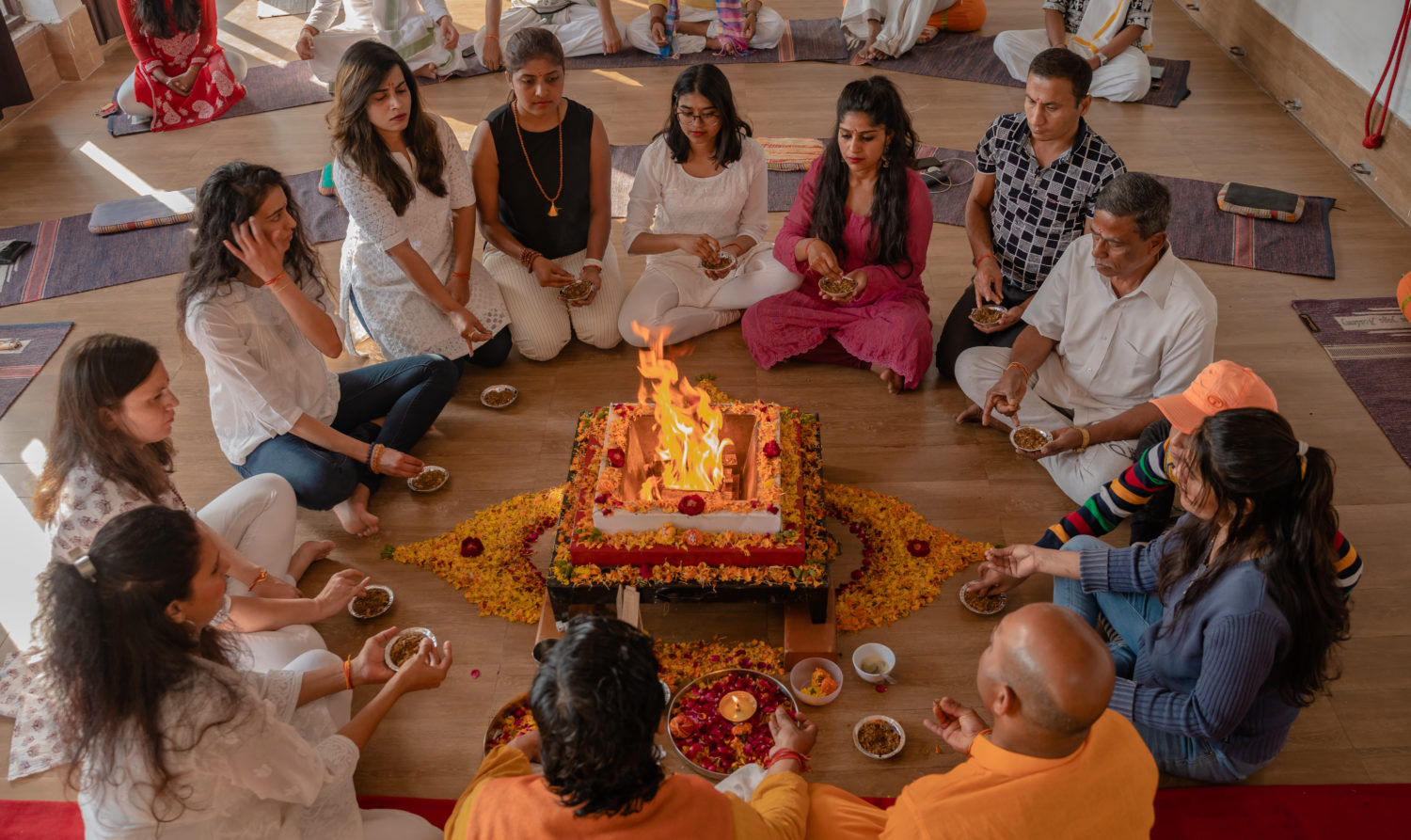Over recent years, Yoga has emerged as a lifestyle discipline that keeps our mind and body healthy. The focus shifted from the traditional Hindu and Buddhist practices to more physical wellness. We delve into asanas involving stretching and stances to work our postures and metabolism. From IT professionals to NFL athletes, yoga has found home in most daily exercise routines. The primary motivation behind learning yoga is to learn more about yourself, your body and find the connection between the mind and body.
However, the physical aspect of Yoga often undermines the philosophy behind it. Yoga is a combination of mental and bodily activities paired with spirituality. We can trace the origins back to ancient Vedic culture. The Himalayas, Bali, and Tibetan plateau, among other places, are havens for yogic practices.
Mastering the Practice
You can learn the art from yogis and even become a Certified yoga instructor. Spending time at training centres gives you a break from the monotony of life and keeps you away from the bustling noise. Nevertheless, often we find ourselves limited by work schedule or travel restrictions. Enthusiasts looking for a deeper understanding of the yogic practices from the comfort of their couch can enrol into the 200-Hour Yoga Teacher Training Course. You learn the different techniques and philosophies without distancing yourself from home.

Yoga training courses stretch beyond the standard breathing exercises and meditation sessions and connect with the cosmic energy. Spirituality in Yoga is vague, as it does not have a definitive answer. However, you find the answers for yourself with a deeper understanding and knowledge.
The Yoga and Religion Debate
Before we deep dive into the spiritual aspect of yoga, it is necessary to debunk a misconception first. Yogic learnings stem from traditional Hindu culture, as well as Jainism and Buddhism. However, it is not a religion in itself, and practicing or learning the ways does not affiliate you to any. Religious practices and beliefs have contributed to yoga techniques, which maintain your body and mind as you become more aware.
Let us understand with the instance of chanting ‘om.’ Both Buddhists and Hindus use the sacred mantra while meditating, but it does not have ties to any religious teaching. ‘Om’ is the sound of the universe, which instils a sense of harmony within. Hence, we build a connection with the surroundings and other people.
Yoga from Hinduism
Hinduism has existed for centuries, and we find mentions of Yoga in Hindu scriptures. The first feature is in the Upanishads, including meditation techniques. It focuses on using meditation to bring ourselves closer to our Atman, or our true self. We realize our lives transcend beyond our personalities as it opens up the mind and spirit. Mediation also promotes stillness, and we improve our concentration. Our minds converge to a point in unity as we filter out all outside noise and distractions.
The Buddhist Connection
Buddha was a yogi himself, who lived and learned with master yogis before he could preach his message to the world. An ancient text, known as the Yoga Sutra of Patanjali, illustrates Buddhist teachings in Yoga. Similar to Buddhism, Yoga encourages and inculcates the practice of mindfulness. It is a technique to open our minds and find inner peace by eliminating the distractions of reality. It also benefits our memory retention and awareness.
Beyond the Oriental Lands
Christians and Jews have been more conservative about adopting Yogic practices into their lives. There are churches in the UK that do not allow yoga sessions in their halls. However, recently the West realised the benefits Yoga has to offer in terms of health and wellbeing. Enthusiasts and students from around the world travel to learn the yogic practices and introduce a lifestyle change. While a lot of people practice and master the physical aspect, others seek enlightenment.
Thinking outside our Bodies
As we have noticed, the spiritual connection of yoga is evident; here are some mental and self-discipline benefits that yoga can offer –
- Clarity
Yoga is an ideal practice to clear your mind and relax during a rough day. Regular mediation keeps our thoughts positive, and we can regulate our breathing. Moreover, a proper mentality maintains our emotional well-being and keeps stress, anxiety, and hypertension at bay. We have a clearer vision of our purpose in life.
- Inner Awakening
Yoga students learn seven spiritual laws that guide them to finding inner peace. When we master our thoughts and emotions, we find more place for love and compassion.
- Self-discipline
Yoga training and learning do not involve a rigorous routine. We become more mentally and physically disciplined as we can control our thoughts and physiological response. For instance, chanting the sacred mantra during mediation removes fear and other negative thoughts while instilling harmony. We are able to draw energy from our surroundings and tap into its frequency.
The Sacred Seven
The seven spiritual laws have no ties to any specific religion. They intend to improve our quality of life and do not follow any strict protocol.
- Law of Pure Potentiality: Your consciousness is not limited, which means you infinite creativity, and your presence is eternal in the universe.
- Law of Giving and Receiving – The universe relies on the constant flow of energy. It involves the dynamic exchange between you and your surroundings, in terms of love, abundance, or anything attached to life.
- Law of Karma: Every action you take returns to you. Hence, commit to positive acts, as it brings happiness and kindness your way.
- Law of Lease Effort: Love is the driving force to fulfilling your desires. It helps you utilize the endless power of the universe and channel it into accomplishing what you seek.
- Law of Intention and Desire – Your intentions assist your achievements. The fulfillment of desires depends on harnessing the universe’s organizing power and working towards your goal.
- Law of Detachment: When you reach self-actualization, you do force situations in your favour. Let everything unfold by itself as you take action for each emerging opportunity.
- Law of Dharma: Dharma means purpose in life. Nurturing your skills and using them to serve others bring fulfilment and accomplishment to your life.

You can choose a suitable program at a yoga centre, like the 300 Hour Teacher Training Course, and learn the principles and the entire philosophy behind them. Yoga enhances your physical and mental capacity and helps you find a meaningful life. The training programs show you the way to unveiling the essence of yoga. You may not consider yoga as a career pursuit. Nonetheless, your understanding and knowledge will help you become a better version of yourself.





